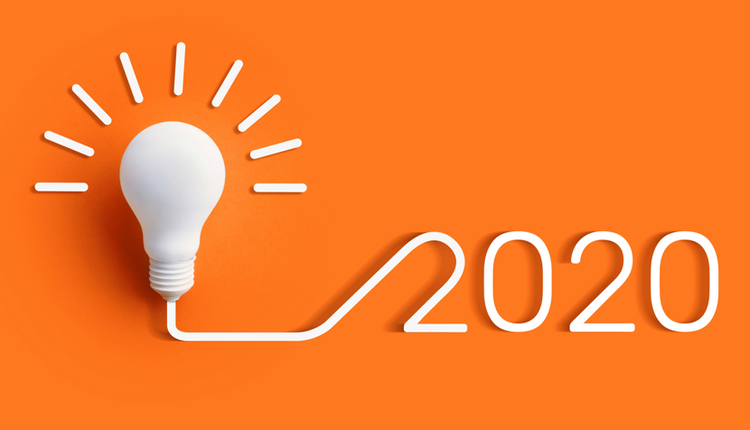
Image by: santypan, ©2019 Getty Images
It’s been 30 years since the arrival of customer communications management (CCM)— technology that was developed to help enterprises manage their high-volume transaction printing. In 2019, CCM is finally shedding its print roots by moving customers closer to digital channels—and away from paper—through the use of mobile, analytics, and customer experience technology, according to a recent Forrester report.
For some time now, we have reported on the numerous ways in which CCM is a core element of superior customer experiences, from supporting key touchpoints across the customer journey to increasing customer loyalty and overall customer lifetime value. These critical communications are now improving customer experiences in completely new ways and driving digital adoption through interactive, user-friendly tools.
The “ability to link CCM to all points in the customer journey is gaining ground with stronger mobile support and integration with marketing automation and digital experience delivery platforms,” says Forrester Vice President Craig Le Clair.
Much like the customer experience management (CXM) technology segment, the CCM marketplace is varied, and vendors in this space offer different levels of capabilities depending on their size and type of CCM transformation being targeted. In their 2019 evaluation of the customer communications management market, Forrester segments vendors according to annual CCM revenue earned and functionality of software. Forrester defines a large CCM provider as one that has earned greater than $100 million in revenue. Representative vendors in this category include powerhouses OpenText and Quadient and the French-based firm Sefas. Mid-sized providers (those earning $15 million to $100 million) include Adobe, Messagepoint, Pitney Bowes, Smart Communications, CEDAR, and ISIS Papyrus, among others. Finally, small providers are defined as those earning less than $15 million in annual revenue. Some firms in this category include Top Down Systems, Kofax, Newgen Software, Xpertdoc, and DataOceans.
The ability to link CCM to all points in the customer journey is gaining ground with stronger mobile support and integration with marketing automation and digital experience delivery platforms.
Perhaps more importantly, Forrester breaks down key CCM capabilities and functionality into the following three segments:
- Structured: This area addresses traditional transactional output associated with CCM, such as printing large volumes of bills and statements. Often run in batches and leveraging on-premises software, Forrester expects this segment to continue to decline. Representative vendors in this category include Sefas, ISIS Papyrus, and Newgen Software, among many others.
- Interactive: An increasing area of growth within CCM is interactive output, such as correspondence management, since it requires humans to match personalized customer data with thousands of forms and templates. In fact, Forrester reports that organizations can prove a return of investment (ROI) for interactive systems within a year by centralizing content production, consolidating technology, and reducing print production. There are many vendors serving this segment, some of which include OpenText, Quadient, Adobe, Messagepoint, Pitney Bowes, Xpertdoc, and Inventive Designers.
- Cloud-based: By now, most organizations understand that the future of CCM will be in the cloud and leveraging intelligent analytics associated with customer behavior will dictate the communications served. This will be reflected in a move toward a service-oriented approach to CCM, with solutions offering managed services, hybrid infrastructures (a mix of on-premises and cloud), and further integrations via APIs or even dedicated integration platforms (i.e., iPaaS solutions). This category includes a varied number of vendors representing this new communications-as-a-service model, such as Smart Communications, Doxee, Top Down Systems, DataOceans, CEDAR, and Conga.
The dominance of cloud ecosystems, like Amazon Web Services (AWS), Google, Microsoft Office 365, and Salesforce, will create a demand for solutions based on these cloud platforms or those that offer tightly integrated capabilities.
In the new year, Forrester predicts that enterprise road maps will include information sorting, embedded workflow tasks, call center discussion initiatives, embedded multimedia, and mobile-ready HTML5 output.
Allison Lloyd serves as the Editor of DOCUMENT Strategy Media. She delivers thought leadership on strategic and plan-based solutions for managing the entire document, communication, and information process. Follow her on Twitter @AllisonYLloyd.







